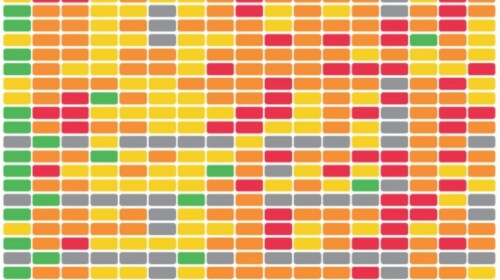In the context of reporting on the SDG Indicator 2.1.2, this course introduces the Food Insecurity Experience Scale (FIES) and explains how it can be used to measure food security. The course provides guidance on the collection and analysis of data, and on how the information provided by the FIES can be used to inform and guide policy.
This course consists of five lessons, ranging from approximately 25 to 60 minutes duration each:
- Lesson 1 Introduction to the Food Insecurity Experience Scale
- Lesson 2 Including the FIES in a survey
- Lesson 3 Statistical validation of FIES data
- Lesson 4 Using FIES data to calculate food insecurity prevalence rates
- Lesson 5 Using the FIES to make a difference: presentation and communication of results
Watch this video to find out more: https://youtu.be/yuVIkxEJ_1s
Download SyllabusTarget Audience
The target audience of this course includes:
- Data analysts responsible for working with data to report on SDG Indicator 2.1.2
- National statistics officers responsible for planning and implementing data collection and reporting for SDG Indicator 2.1.2
- Director level staff responsible for reporting on this SDG Indicator
Policy makers who may use the reported data to inform decisions
Learning Objectives
You will learn about:
- Experience-based food security measurement, and its role in the SDGs
- How FIES can be included as a module within a range of national level surveys
- Basic statistical concepts upon which the FIES is based (especially the Rasch model)
- Interpretation of Rasch model outputs and use of FAO Excel template
- Effective communication of results to different audiences








